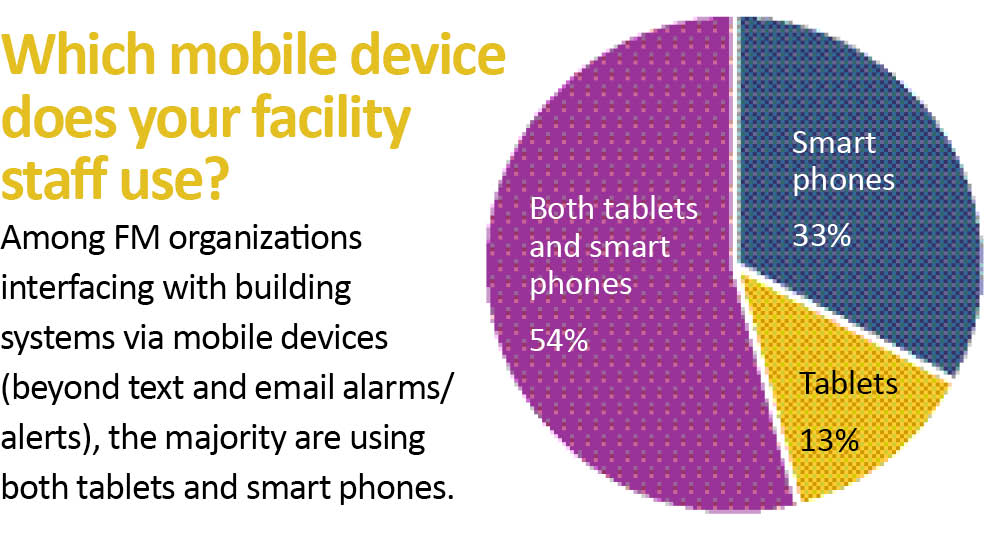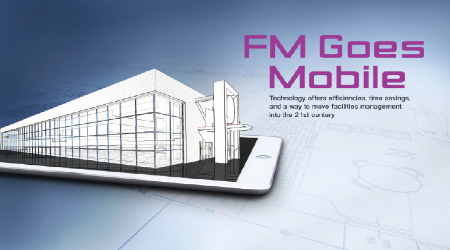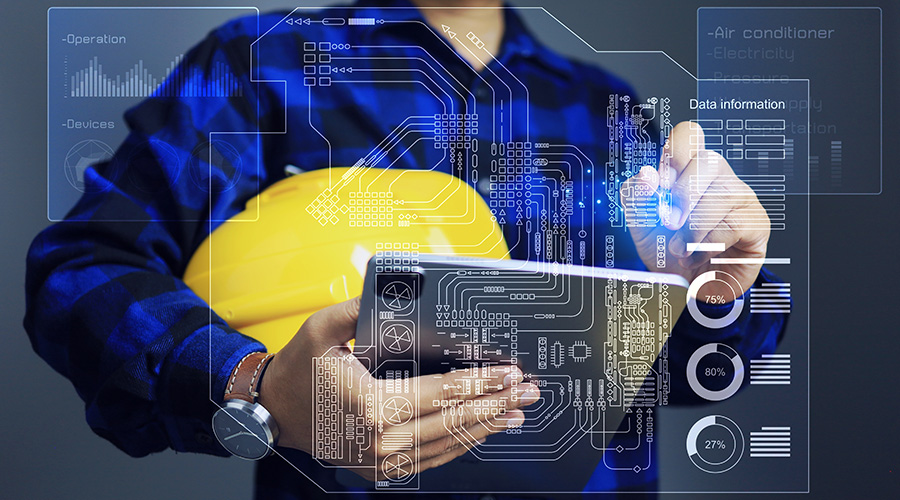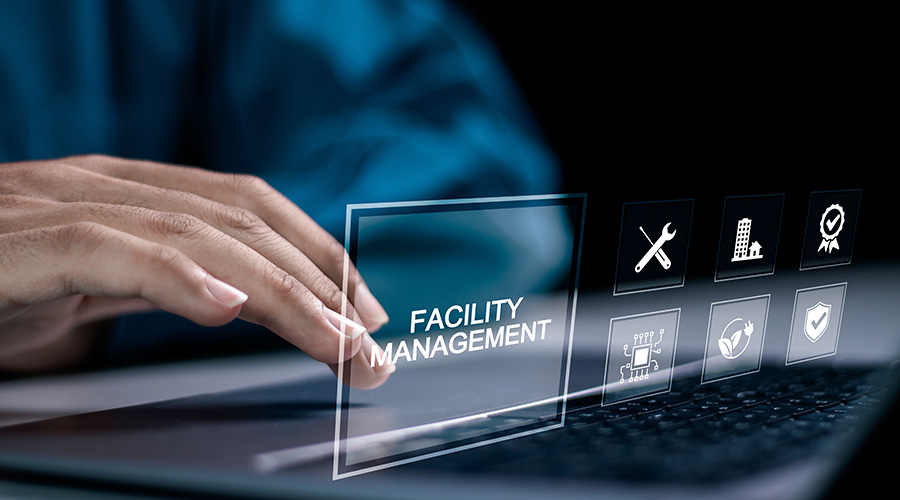Facility Managers Use Mobile Technology To Access Information Anywhere, Be More Efficient
First part of a 4-part cover story on how facility managers are making use of mobile technology to create efficiencies.
Information on demand when and where you need it? That’s superpower — superpower, for instance, like seeing through walls. We’re not talking X-ray vision here, exactly, but as Peter Strazdas, associate vice president of facilities management at Western Michigan University, says, using mobile technology to access information he’s painstakingly collected about his buildings allows his facility managers to know what they’re dealing with quickly and efficiently — to see behind a wall or through a ceiling.
“Technicians can load the building on their iPad, turn a layer off, and see behind a wall or what’s in a ceiling — they can stand on the floor and look 30 feet up and look on the iPad to see the light fixture, ballast, and what they need. No need to get a lift or tear a hole in the wall,” says Strazdas.
Speed of access to information is but one of the many benefits of incorporating mobile tools into your facility management operation. And this shift to mobile is one that’s happening quickly. In a recent Building Operating Management (BOM) survey on mobile devices, 76 percent of those who responded said their staff used mobile devices to get alarms or alerts by text or email. And within that group, 56 percent reported that their facility staff currently also uses smart phones or tablets to interface with building systems in ways that go beyond text or email alarms/alerts. Whether those numbers seem high or low to you probably depends on how much you’ve implemented mobile technology in your own operation.
But know this, says a group of expert facility managers who have had success implementing mobile technology: If you don’t start moving in the mobile direction now, you and your staff are going to be obsolete. “Technology is changing,” says Jeffrey Tetrault, director of facilities and construction at Crouse Hospital in Syracuse, N.Y. “You need to adapt with change and stay current.”
Tablets and smart phones are not just for watching cute YouTube videos of cats or for incessant texting. They offer a chance for real efficiencies in several aspects of facility operations, from mobile CMMS, to accountability of mechanics, to vendor apps for elevators, HVAC, and BAS, to accessing cloud-stored maintenance and janitorial records.
“I’m more clever than phone-obsessed teenagers because I’ve found a way to use these devices for practical purposes,” jokes Frederick Remelius, director of operations for the Upper Merion Area School District in Pennsylvania.

Bringing Efficiencies
If you’re among those facility managers who haven’t begun using mobile technology, Strazdas offers a simple piece of advice to begin planning how you’ll use it: “Ask yourself, ‘What can I do to lower my frustrations?’ ” Keep in mind, he says, that everyone in facilities is understaffed and underfunded, so finding ways to create efficiencies will only strengthen your cause. If money outside the facility management budget needs to be found, this idea of creating efficiencies is the key piece of the justification argument.
“It’s critical to track, measure, and monitor our successes,” says Larry Morgan, senior facilities manager for SAP. “If we believe a capital investment in mobile technology is necessary, we have to show how we can reduce service calls by 20 percent, for instance.” Morgan advises that you have to know the baseline before making the argument — if the hot/cold call response time now is two hours, how will investing in tablets reduce that, and to what? And then follow through to prove you were right.
Tetrault says one of his key performance indicators that mobile has improved is patient satisfaction. Crouse Hospital is a 1.2 million square foot facility with 506 acute-care beds and 57 bassinets, and Tetrault runs facilities with what he calls a “lean crew” of 38. Tetrault and his staff were early adopters of tablets, using the first generation iPads back in 2011 to receive work orders and customer requests, and in the five years since he says he’s seen both response time go down and patient satisfaction (at least the factors he can control) go up.
Regarding work order response time, Tetrault says how tablets save time is obvious. “You can be waiting at an elevator, and a nurse requests a new call device because hers broke, and you can turn right around and deliver a new one or fix the broken one,” Tetrault explains.
In addition, one of the reasons he attributes the increase in patient satisfaction to mobile is that when there’s a hot/cold call, a facility manager can stand in the patient’s room and adjust the temperature on the iPad. The fact that the patient or family actually sees the concern being addressed really helps them feel like they’re a priority, says Tetrault. He isn’t alone in using mobile to make people happier: In this magazine’s survey, 61 percent said mobile devices have helped them improve occupant satisfaction.
Related Topics:
















